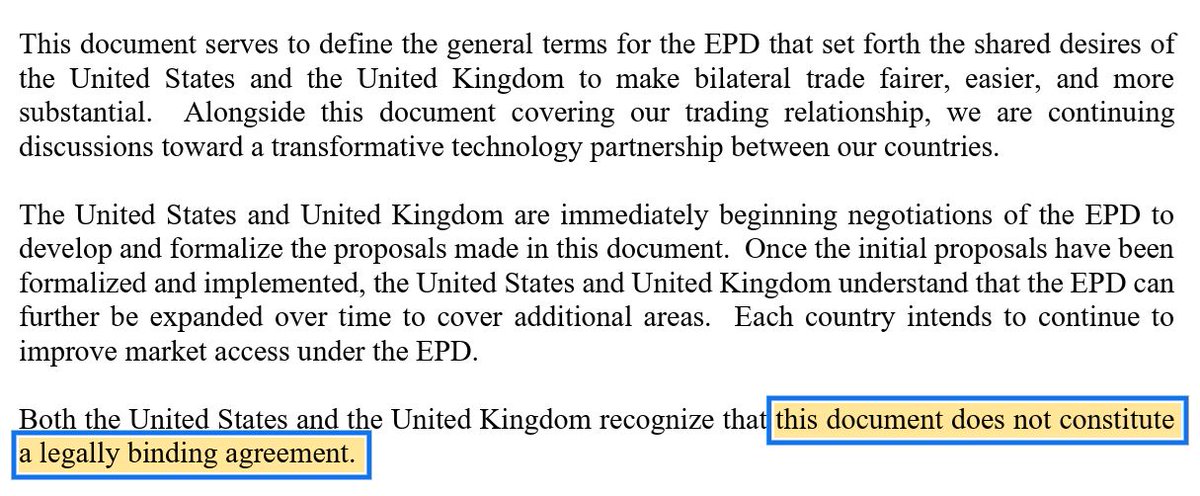Opening paper at #BPEA, is @LHSummers and @LukaszRachel who begin by juxtaposing two strikings:
Ten-year projections for debt-to-GDP for the US rose from 6% of GDP in 2000, to 105% today. Yet the ten-year real interest rate declined from 4.3% to 0.8%.
brookings.edu/bpea-articles/…
Ten-year projections for debt-to-GDP for the US rose from 6% of GDP in 2000, to 105% today. Yet the ten-year real interest rate declined from 4.3% to 0.8%.
brookings.edu/bpea-articles/…
Implication is that if not for fiscal policy, r* — the neutral real interest rate — would be substantially negative. Secular stagnation might turn out to be a bigger deal than we ever imagined. #BPEA
This likely terrifies central banks for whom the zero lower bound might become an everyday problem. It suggests that policymakers needs to become comfortable at using fiscal policy as a counter-cyclical tool. And with r<g, we need to rethink what fiscal responsibility means #BPEA
Concludes that full employment is basically incompatible with following both the sorts of monetary policies that the BIS would approve of, and the sorts of fiscal policies that the (pre-Blanchard) IMF would approve of. Something’s gotta give (and in the US, both have).
A methodological aside for the youngs: This paper is based on juxtaposing a market price and a forecast today, with levels 18 years ago. Taken together, the 4 numbers point to some major policy challenges. Yes, the authors churn through some models, but it’s really about 4 facts.
• • •
Missing some Tweet in this thread? You can try to
force a refresh









